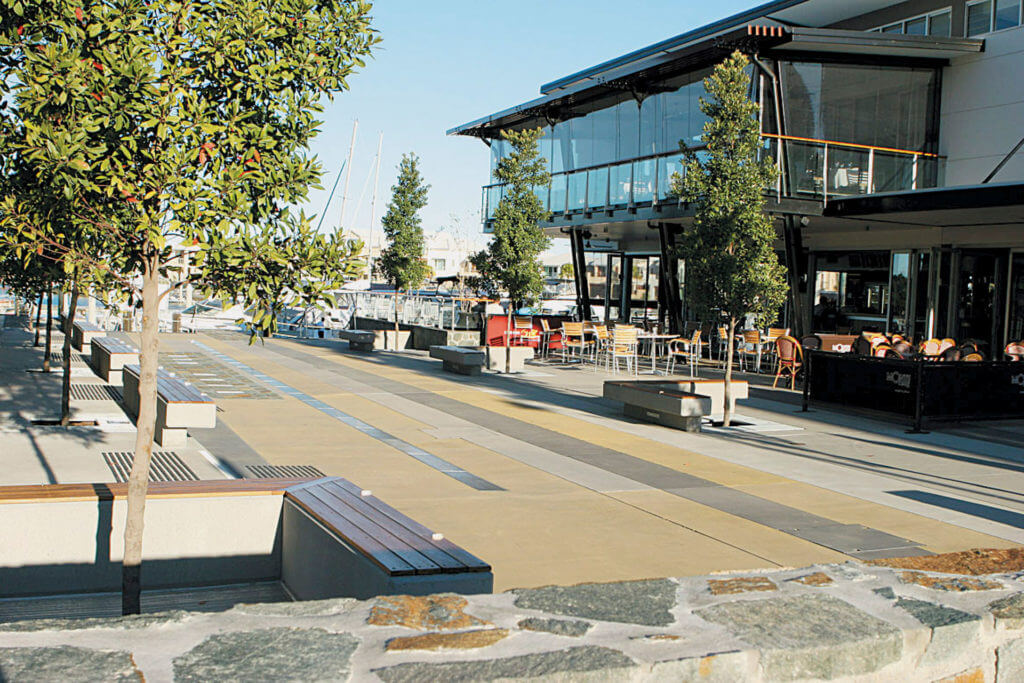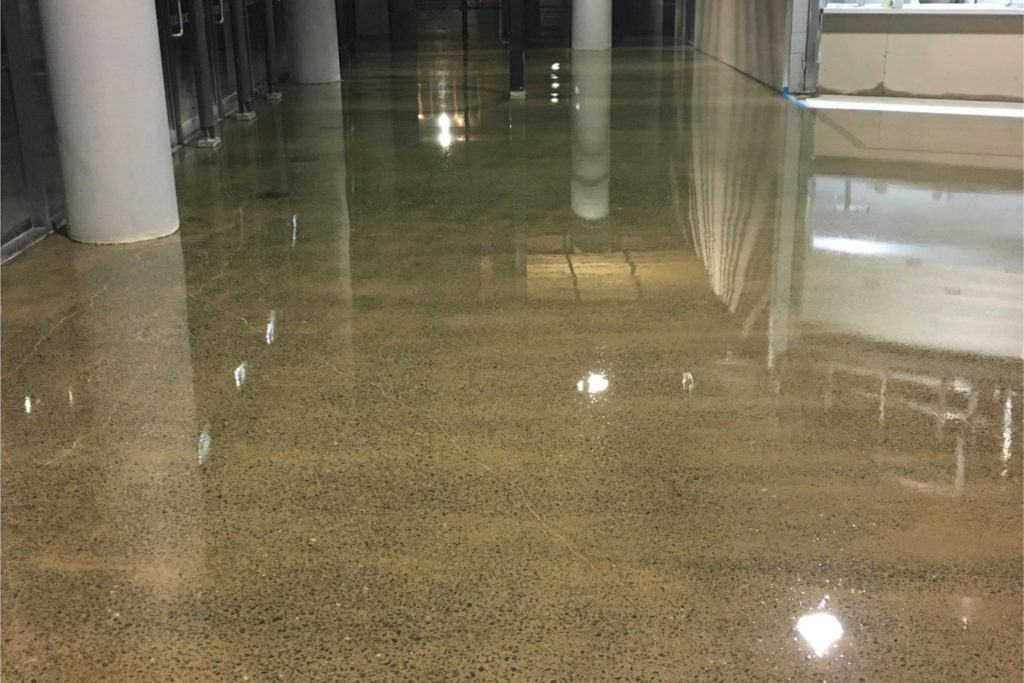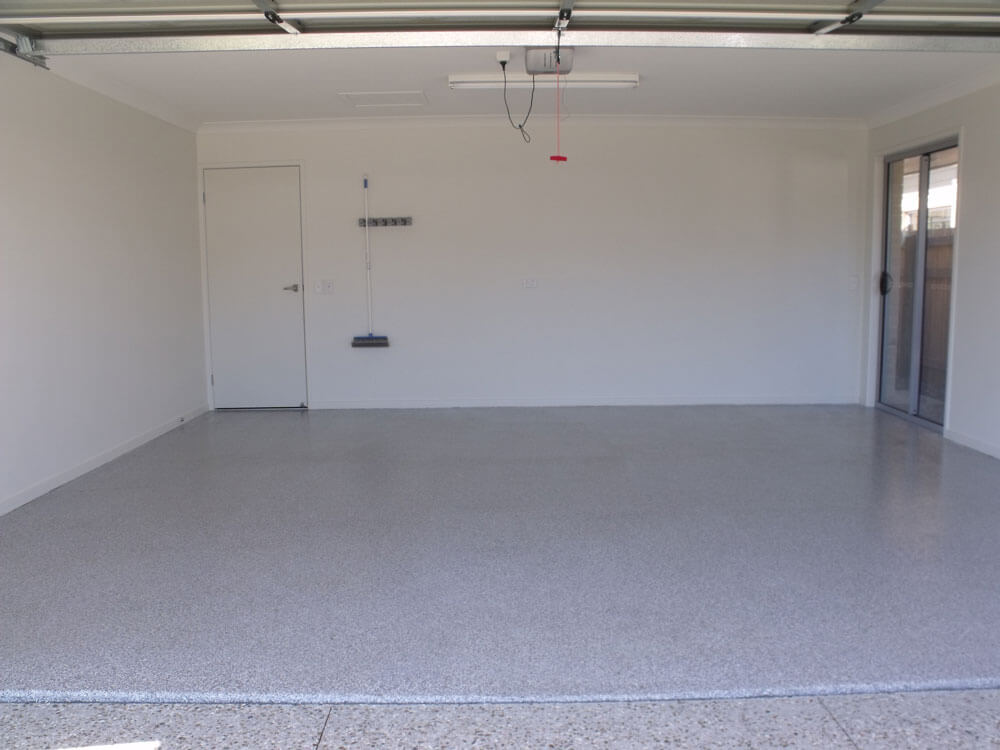Epoxy and Polyurethane
Pot life is the amount of time a certain volume of mixed resin and hardener will stay in a liquid condition at a particular temperature, for example, the amount of time it takes for an initial mixed viscosity to double, or quadruple. Timing commences from the moment the two parts are mixed and is measured at room temperature, 20°C – 23˚C.
The use of epoxies and polyurethanes can therefore be quite demanding given the huge differences in climates and temperatures throughout Australia. Humidity, temperature, precipitation, and flow of air all influence pot life and curing times.
When the temperature rises above 30°C, pot life and curing times significantly decrease. Likewise, when the temperature reduces to below 12°C the pot life and curing times increase. In addition, the temperature of the flooring substrate also plays a part in the curing process. The optimum climate conditions for application are at 24°C and 60% RH. If working outside of these ranges, then consideration must be given to impact on pot life and curing.
It is important to understand the products you are working with and the application climate conditions. Once these are understood then there are a few tricks you can use to manipulate pot life to your advantage. Below are some actions that can be taken to either increase or decrease pot life.
To extend pot life, cool down the Part A resin component. This can be achieved by:
- Placing on ice to cool down before adding and mixing the Part B hardener.
- Mix gently, not aggressively. Violent, high-speed mixing generates more heat.
- Immediately after mixing get the mixed product out of the pail and onto the floor allowing it to breath and vent off generated heat.
Conversely if the climate is cold then the product should be warmed up before use. This can be achieved by:
- Blowing hot air from a hairdryer onto the Part A product container.
- Placing the Part A container in warm sunlight or onto a dark heat attracting surface.
- Placing the Part A container into a tub of warm water.
Once warm, mix gently until the Part A resin is clear. Never overheat, as it is possible to impose a cure of the Part A resin.
Browse our range of epoxy coatings and polyurethane coatings. If you have any questions about the products, please contact us via live chat, email or phone.




